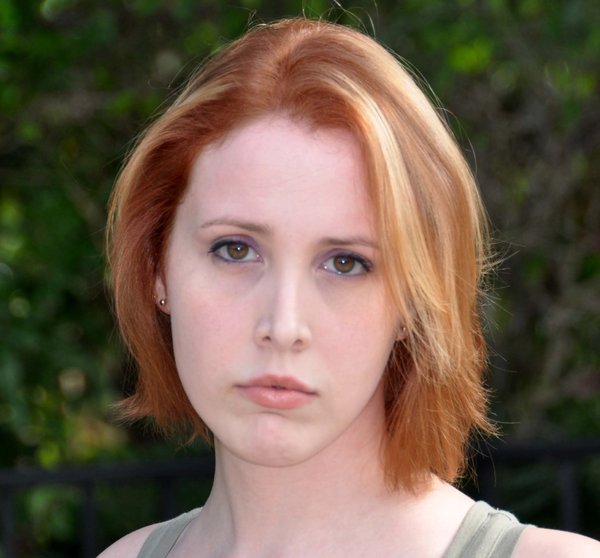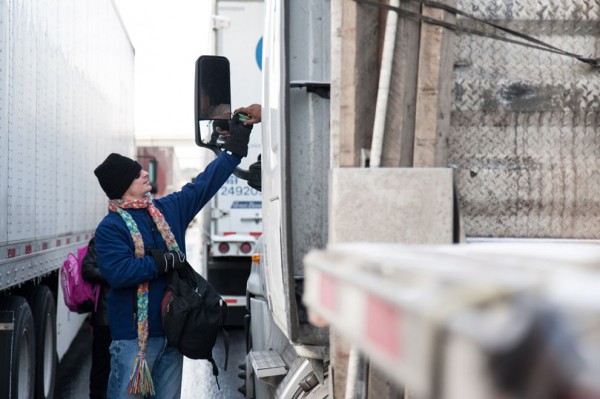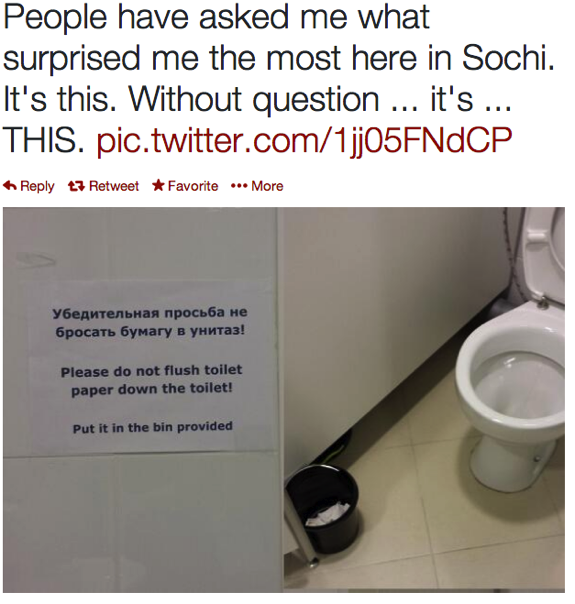Notes
Dylan Farrow is Looking at Us
Much has been written about the “male gaze” that dominates visual media. The phrase was coined by Laura Mulvey in 1975 to describe the ways in which movies present women as objects to be regarded by male subjects, instead of as subjects themselves. Since then, the phrase has come to refer to the myriad ways in which culture casts “men as watchers and women as watched.” Last week, however, Dylan Farrow became the watcher and the broader public became the watched.
Although the subject of Farrow/Farrow/Farrow vs. Woody Allen is well-traveled territory, the photo that accompanied Dylan Farrow’s guest poston Nicholas Kristof’s New York Times blog has received less attention. It’s notable for the way in which it functions as a visual accusation—not of Allen, but of the broader public which has taken his side(through either support or inaction). That fact is likely one reason why Kristof ceded his blog space to Farrow for a day. A consistent supporter of women and advocate for victims of sexual violence, Kristof clearly wanted to send a message about believing women and girls, and encouraging them to tell their stories.
Farrow is attempting to move her story beyond the nebulous “he said/she said” narrative that is easier to accept when “he” is a well-respected Hollywood director and “she” is a faceless child. While the “he said/she said” label casts both Allen and Farrow as objects, Farrow’s photo asserts her status as a subject. Someone with agency. Someone with power. An accuser rather than a victim.
The “he said/she said” narrative that frames cases like these hails from an era when sexual assault was treated as a “private” matter. Who really could know what went on behind closed doors (especially when the word of women and girls wasn’t paid much attention). The visuals and accompanying testimony published on the New York Times website turns this “he said/she said” into a matter of public consequence by putting a name—and face—to the “she.” It’s now “he said/Dylan said.” And while Dylan’s saying it, she’s looking at you. Can you feel that? That’s the female gaze.
— Karrin Anderson | @KVAnderson
(photo: Frances Silver)



Reactions
Comments Powered by Disqus